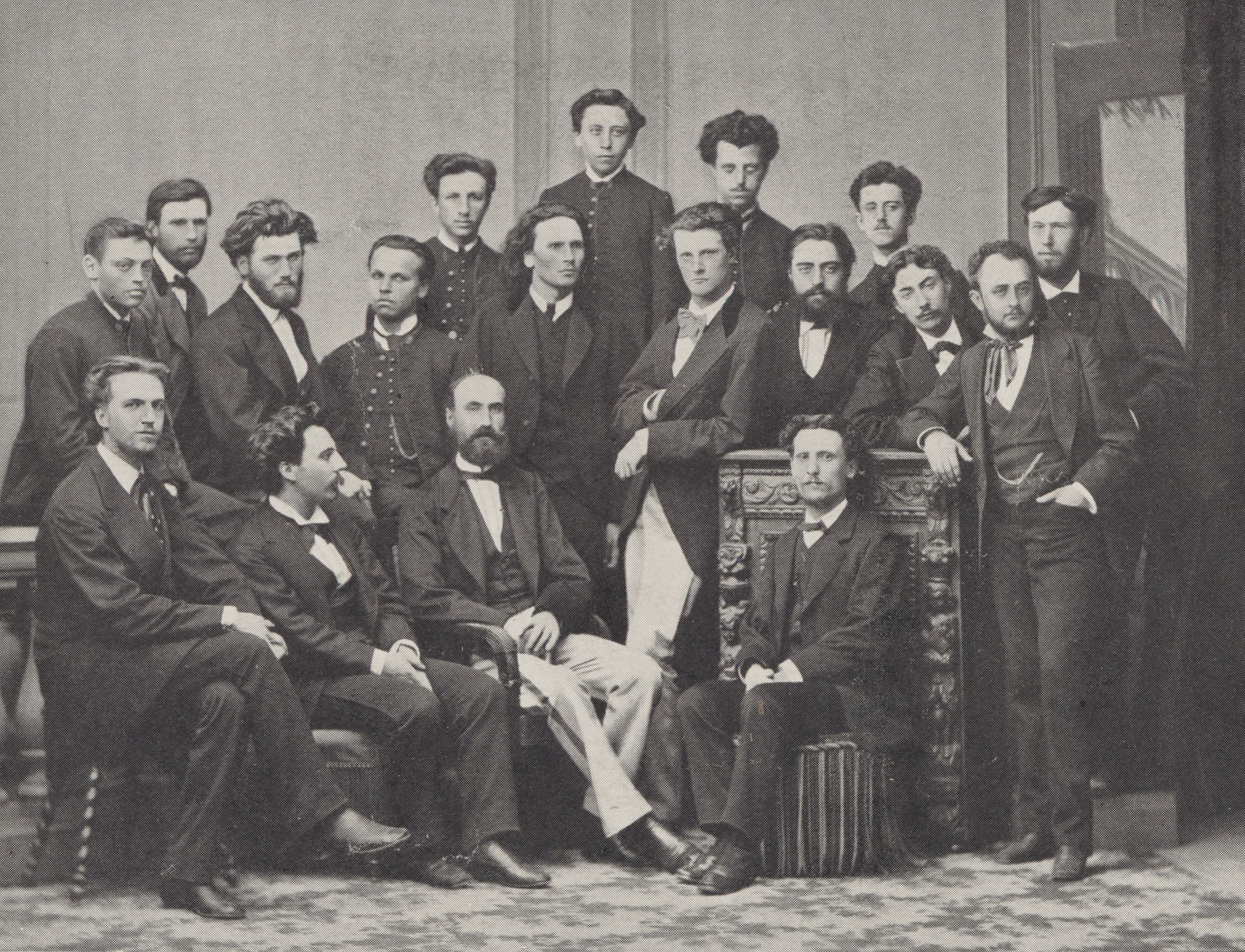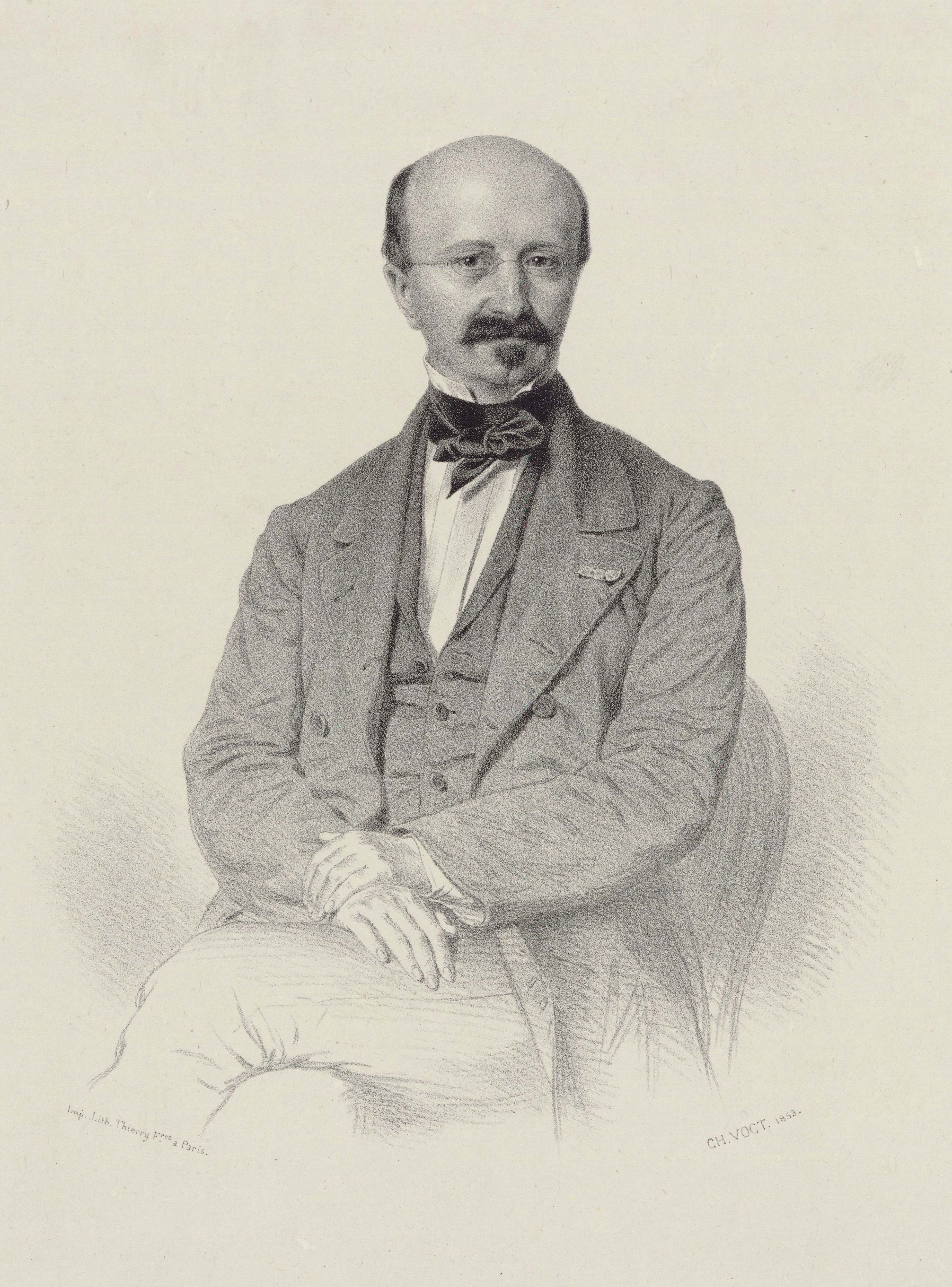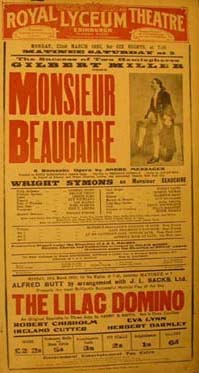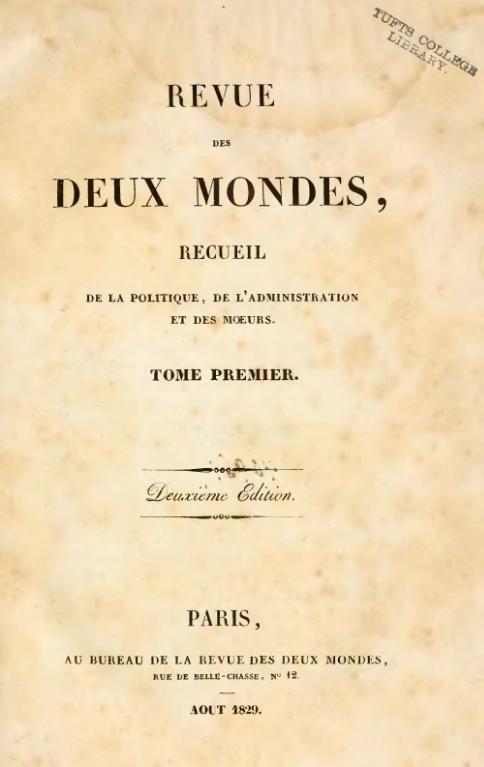|
École Niedermeyer De Paris
The École Niedermeyer ( en, Niedermeyer School) is a Paris school for church music. It was founded in 1853 by Louis Niedermeyer as successor to the ''Institution royale de musique classique et religieuse'', which had been established and run by Alexandre-Étienne Choron between 1817 and 1834. Several eminent French musicians studied at the school, including Gabriel Fauré, André Messager and Henri Büsser. References Music schools in Paris Church music 1853 establishments in France {{France-school-stub ... [...More Info...] [...Related Items...] OR: [Wikipedia] [Google] [Baidu] |
Louis Niedermeyer
Abraham Louis Niedermeyer (27 April 180214 March 1861) was a Swiss and naturalized French composer. He chiefly wrote church music and a few operas. He also taught music and took over the École Choron, renamed École Niedermeyer de Paris, a school for the study and practice of church music, with students that include several eminent French musicians such as Gabriel Fauré and André Messager. Life and career Niedermeyer was born in Nyon in 1802. His father was a music teacher from Würzburg, Germany, who had settled in Switzerland after his marriage. When Louis reached the age of 15, his father sent him to Vienna to learn music. There, he studied piano with Ignaz Moscheles and composition with Emanuel Aloys Förster. He then studied in Rome with Vincenzo Fioravanti, the choirmaster of the papal Chapel (1819) and in Naples with Niccolò Antonio Zingarelli. While in Rome, he met Gioachino Rossini, who befriended him and encouraged him to write operas. His first opera, ''Il reo ... [...More Info...] [...Related Items...] OR: [Wikipedia] [Google] [Baidu] |
Alexandre-Étienne Choron
Alexandre-Étienne Choron (21 October 1771 – 29 June 1834) was a French musicologist. For a short time he directed the Paris Opera. He made a distinction between sacred and secular music and was one of the originators of French interest in musicology. Biography Choron studied mathematics at the Collège de Juilly. Since his father had forbidden him to study music, he taught himself the theories of Jean-Philippe Rameau, followed by lessons in harmony from abbé Roze and Bonesi. Bonesi familiarized him with Italian music and the treatises on fugue and strict counterpoint of Nicola Sala (1713-1801). He drew from these his book ''Principes de composition des écoles d'Italie.'' He learned German, studied musical treatises in that language, then undertook to reform all branches of musical activity. A professor of mathematics at the École Polytechnique since its founding, then a corresponding member of the Académie des Beaux-Arts, Choron was charged in 1811 with reorganizing ... [...More Info...] [...Related Items...] OR: [Wikipedia] [Google] [Baidu] |
Gabriel Fauré
Gabriel Urbain Fauré (; 12 May 1845 – 4 November 1924) was a French composer, organist, pianist and teacher. He was one of the foremost French composers of his generation, and his musical style influenced many 20th-century composers. Among his best-known works are his ''Pavane (Fauré), Pavane'', Requiem (Fauré), Requiem, ''Sicilienne (Fauré), Sicilienne'', Fauré Nocturnes, nocturnes for piano and the songs Trois mélodies, Op. 7 (Fauré), "Après un rêve" and Clair de lune (Fauré), "Clair de lune". Although his best-known and most accessible compositions are generally his earlier ones, Fauré composed many of his most highly regarded works in his later years, in a more harmony, harmonically and melody, melodically complex style. Fauré was born into a cultured but not especially musical family. His talent became clear when he was a young boy. At the age of nine, he was sent to the École Niedermeyer de Paris, Ecole Niedermeyer music college in Paris, where he w ... [...More Info...] [...Related Items...] OR: [Wikipedia] [Google] [Baidu] |
André Messager
André Charles Prosper Messager (; 30 December 1853 – 24 February 1929) was a French composer, organist, pianist and conductor. His compositions include eight ballets and thirty opéra comique, opéras comiques, opérettes and other stage works, among which his ballet ''Les Deux Pigeons (ballet), Les Deux Pigeons'' (1886) and opéra comique ''Véronique (operetta), Véronique'' (1898) have had lasting success; ''Les p'tites Michu, Les P'tites Michu'' (1897) and ''Monsieur Beaucaire (opera), Monsieur Beaucaire'' (1919) were also popular internationally. Messager took up the piano as a small child and later studied composition with, among others, Camille Saint-Saëns and Gabriel Fauré. He became a major figure in the musical life of Paris and later London, both as a conductor and a composer. Many of his Parisian works were also produced in the West End theatre, West End and some on Broadway theatre, Broadway; the most successful had long runs and numerous international revival ... [...More Info...] [...Related Items...] OR: [Wikipedia] [Google] [Baidu] |
Henri Büsser
Paul Henri Büsser (16 January 1872 – 30 December 1973) was a French classical composer, organist, and conductor. Biography Büsser was born in Toulouse of partly German ancestry. He entered the Paris Conservatoire in 1889, where he studied organ with César Franck and composition with Ernest Guiraud. After serving as secretary to Charles Gounod, he received valuable advice from him, who helped him obtain a position as organist at Saint-Cloud. In 1893, he won the Prix de Rome, and on his return from Italy he began a career as a conductor. At the personal request of Claude Debussy, Büsser led the fourth performance, and numerous subsequent performances, of '' Pelléas et Mélisande''. He also became a protégé of Jules Massenet and was one of his closest friends during the last two decades of his life (Massenet died in 1912). In 1921, Büsser began teaching at the Paris Conservatoire, and was promoted to professor of composition in 1931. Noted students include Prix de Rome w ... [...More Info...] [...Related Items...] OR: [Wikipedia] [Google] [Baidu] |
Revue Des Deux Mondes
The ''Revue des deux Mondes'' (, ''Review of the Two Worlds'') is a monthly French-language literary, cultural and current affairs magazine that has been published in Paris since 1829. According to its website, "it is today the place for debates and dialogues between nations, disciplines and cultures, about the major subjects of our societies". The main shareholder is Marc Ladreit de Lacharrière's FIMALAC Group. History The ''Revue des deux Mondes'' was founded by Prosper Mauroy and Pierre de Ségur-Dupeyron, first appearing on 1 August 1829. It began when an anodyne periodical, ''Journal des voyages,'' was purchased by the young printer Auguste-Jean Auffray, who convinced his college roommate François Buloz to edit it. Its original emphasis on travel and foreign affairs soon shifted; according to its website, it was created to "establish a cultural, economic and political bridge between France and the United States", the Old World and the New. It was purchased in 1831 by Franço ... [...More Info...] [...Related Items...] OR: [Wikipedia] [Google] [Baidu] |
Music Schools In Paris
Music is generally defined as the art of arranging sound to create some combination of form, harmony, melody, rhythm or otherwise expressive content. Exact definitions of music vary considerably around the world, though it is an aspect of all human societies, a cultural universal. While scholars agree that music is defined by a few specific elements, there is no consensus on their precise definitions. The creation of music is commonly divided into musical composition, musical improvisation, and musical performance, though the topic itself extends into academic disciplines, criticism, philosophy, and psychology. Music may be performed or improvised using a vast range of instruments, including the human voice. In some musical contexts, a performance or composition may be to some extent improvised. For instance, in Hindustani classical music, the performer plays spontaneously while following a partially defined structure and using characteristic motifs. In modal jazz th ... [...More Info...] [...Related Items...] OR: [Wikipedia] [Google] [Baidu] |
Church Music
Church music is Christian music written for performance in church, or any musical setting of ecclesiastical liturgy, or music set to words expressing propositions of a sacred nature, such as a hymn. History Early Christian music The only record of communal song in the Gospels is the last meeting of the disciples before the Crucifixion. Outside the Gospels, there is a reference to Paul the Apostle, St. Paul encouraging the Ephesians and Colossians to use psalms, hymns and spiritual songs. Later, there is a reference in Pliny the Younger who writes to the emperor Trajan (61–113) asking for advice about how to prosecute the Christians in Bithynia, and describing their practice of gathering before sunrise and repeating antiphonally "a hymn to Christ, as to God". Antiphonal psalmody is the singing or musical playing of psalms by alternating groups of performers. The peculiar mirror structure of the Hebrew psalms makes it likely that the antiphonal method originated in the s ... [...More Info...] [...Related Items...] OR: [Wikipedia] [Google] [Baidu] |






